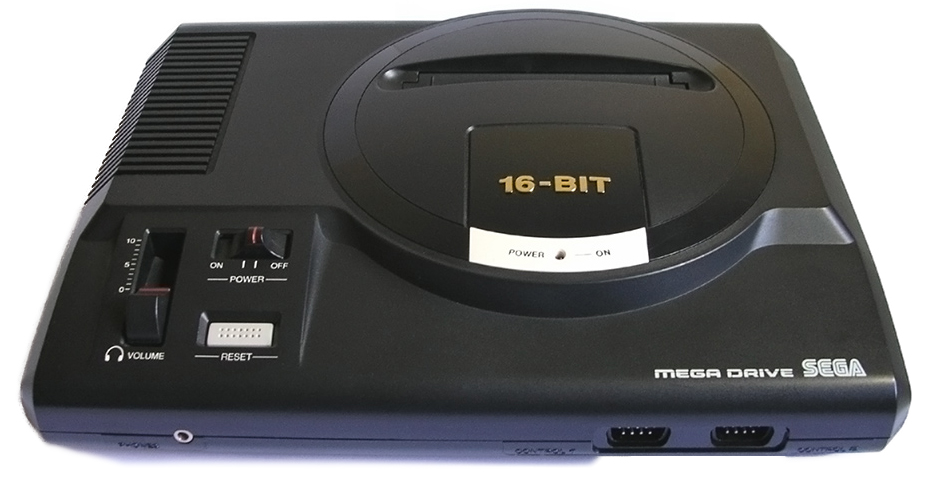Once upon a dark, stormy night, when all was quiet, a lone web designer was designing away. He had Sketch open, a coffee nearby, and a cheerful tune in his wired earbuds, because Bluetooth is weird and has a delay that bugged the heck out of our Hero. Ahem, anyway…
During a lull in the music, our intrepid designer saw a notification on his phone. It was an email from his favorite customer, and he smiled. That smile disappeared when he read the contents. There were three broken links in the client’s site. Three!
“It’s okay.” he thought. “That happens someti…” But the list went on. The slideshow was broken. The layout looked a “little bit weird, somehow”. And worst of all, the contact form didn’t work.
In a panic, he scrambled to type in the URL. Everything looked fine. No, it looked pristine. He’d just fix the broken links and… no. He was thorough and diligent. He opened up ChromeFox* to see how the site looked in the client’s browser of choice.
It was as though staring into the mouth of Hell, and this portal to damnation was three pixels off-center. But all is not lost, dear Reader. Our fictional designer might be shamed, but we can help you avoid this. New web designers would be wise to follow this list, and save themselves from incredible awkwardness!
* All names have been changed to protect imaginary browsers.
1. CHECK YOUR LINKS
Every so often, go back and click on every link in your website. Every. Single. One. You should definitely do this after making any major changes to your site, obviously, but not only then. Servers can be weird sometimes. And if you link to outside sources of information, you need to check to make sure they’ve not been broken, removed, moved, or simply been eaten by some computer error.
Few things look as amateur as links that are no longer relevant, or don’t work.
2. UPDATE YOUR CONTENT
Out-of-date content doesn’t look great. It’s not as bad as a broken link, but it can make people decide to leave, and not come back. Up-to-date information is relevant information.
God knows how often I’ve been looking for information, only to have Google’s top results be four or five years out of date
Now, if you have a brochure site for a small business, and the prices are not often subject to change, it can be fine to mostly leave the content alone. But if you have any sort of blog, media feed, or what-have-you: keep it up to date. Update once a month at the least.
If you offer useful information, tutorials, or reference information, keep that up to date, too. Go back and make edits when stuff happens. You might even want to publish new editions of entire articles when things change. God knows how often I’ve been looking for information, only to have Google’s top results be four or five years out of date.
3. TEST ON NEW BROWSERS AND DEVICES
When a new browser comes out, test your site. If you friend gets a new phone or tablet, ask to borrow it so you can test your site. New version of JavaScript comes out? Test your site with it. Get a new TV that can browse the web? You get the idea, I’m sure.
4. DOUBLE CHECK ALL JAVASCRIPT INTERACTIONS
This is actually a big one. So many sites now rely on JavaScript for basic functionality. This is a practice I’ve never condoned; but I’ve decided that I dislike beating my head against brick walls. Scripters gonna script. Large swathes of content, and even entire websites will stop working if their JavaScript stops working for any reason.
Even if you didn’t build your site that way,
5. DOUBLE CHECK ALL FORMS
It’s one thing if a small widget stops working. That’s not ideal. Forms are another matter. Forms are typically used for contacting people, or buying things, and other very essential functions. They are one of the primary ways that users provide websites with vital information. If they’re willing to fill out a form, that means they’re at least partially willing to commit to whatever you have to offer.
Forms can stop working for a variety of reasons. Maybe the form has JS, and it stopped working (see above), or maybe the PHP version on your server got upgraded. Maybe the email account your contact form is sending messages to stopped working for whatever reason. Maybe it’s getting flagged as SPAM. Whatever the reason, check the forms regularly, so you don’t lose business.
6. UPDATE ALL HACKS AND WORKAROUNDS
Okay, sometimes, when you build a site, you use hacks. You use workarounds. When things get dire, you use polyfills. This is normal, and everyone does it; because no matter how ugly the hacks might be, your site must be beautiful.
But browsers get updates, browser market saturation changes, and CSS gets updated, too. At least once a year—and whenever you hear of any big changes to browsers that might affect your site—you should check to see if any of your hacks and workarounds are now obsolete. If they are, they could actually slow your site down.
7. HAVE A BACKUP PLAN
No, I mean that literally. Have a plan for backing up your entire website. Now, any decent web host should be handling backups for you, for the most part. However for smaller sites, it’s totally worth it to make regular manual backups yourself.
Large sites are another thing entirely. People with data caps (now those are spooky) could easily run into trouble when downloading gigabytes of data regularly. In this case, look into a third-party backup solution. It costs money, but it’s worth it.
And that’s it. Regular testing and considerable preparation are what it takes to make sure you are never shamed by a site that fails to work, or even “Just looks wrong”. Good luck!
By Ezequiel Bruni - Orginal Post: https://www.webdesignerdepot.com/2017/10/7-ways-to-keep-your-site-alive/
